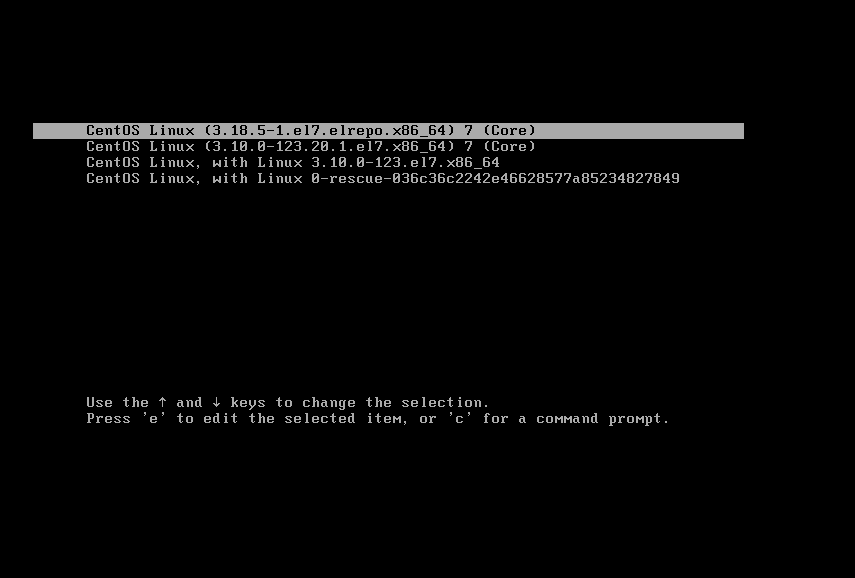

Prerequisites and requirements for upgrading the kernel on CentOS include a working installation of CentOS 7, a sufficient amount of free space on your hard drive, and internet access to download the necessary packages. It is important to carefully follow the process to ensure that the upgrade is successful and to minimize the risk of any issues occurring. Upgrading the Linux kernel on CentOS can provide a number of benefits, including improved performance, security, and hardware support. The kernel is the core of the operating system, and upgrading it can improve system performance and security. Upgrading the Linux kernel on CentOS is a process that allows you to take advantage of the latest improvements and optimizations in the kernel.


 0 kommentar(er)
0 kommentar(er)
